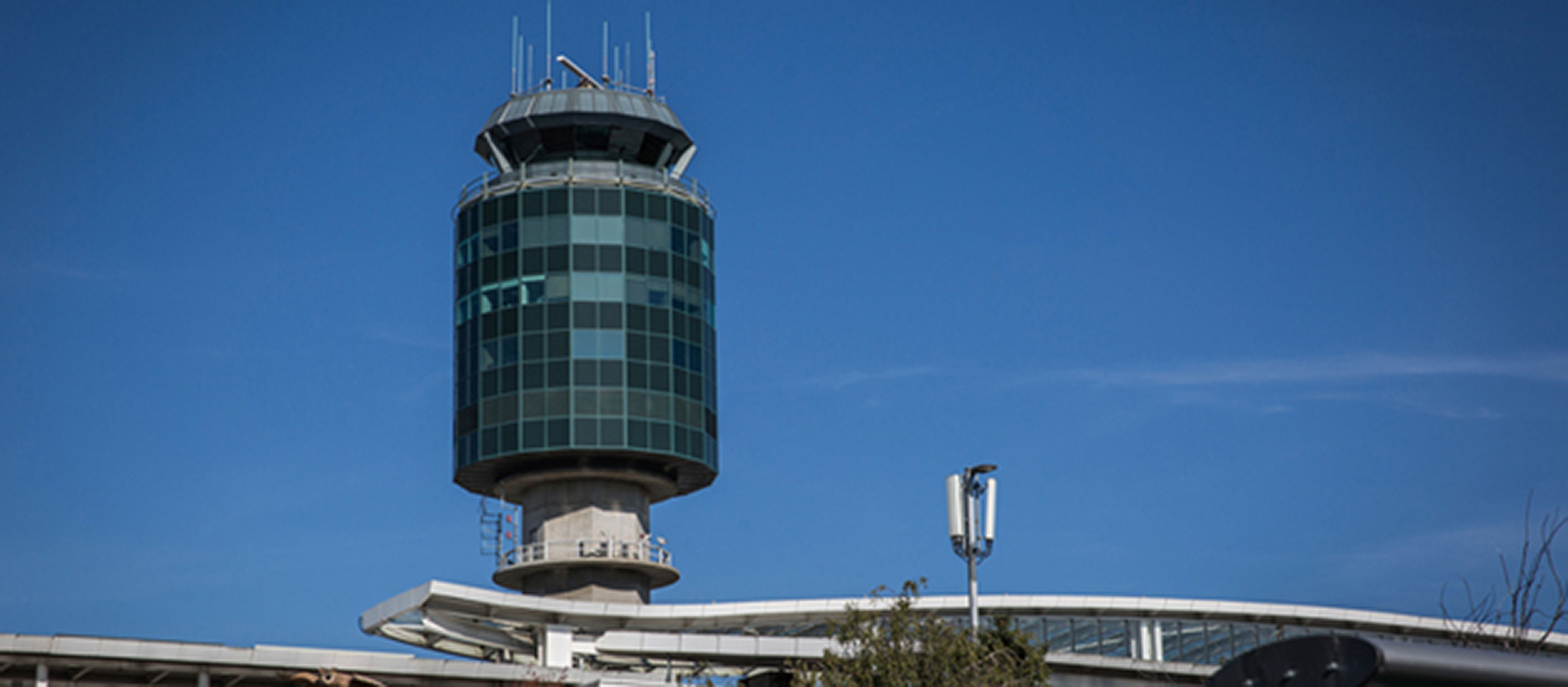Protecting Canada’s air navigation system against COVID-19: 7 precautionary measures
This blog was originally posted on blog.navcanada.ca.

COVID-19 continues to have considerable impacts on the aviation industry worldwide resulting in travel restrictions and an unprecedented decline in air traffic levels. But even when less planes are in the sky the airspace never closes; NAV CANADA continues to monitor and manage 18 million square kilometres of Canadian and oceanic airspace. As an essential service, we continue to play a vital role on many fronts including helping Canadians abroad repatriate, guiding emergency flights to their destinations, and enabling cargo to continue delivering the supplies and goods that Canadians rely on.
Our incident response team is actively monitoring and responding to the Public Health Agency of Canada and the World Health Organization’s guidance, working with our partners, and implementing precautionary measures as needed.
NAV CANADA has implemented these seven precautionary measures to protect the integrity of Canada’s air navigation services and the health and safety of employees who operate, maintain and support the Canadian air navigation system.
1. RESTRICTING WORKPLACE ACCESS
At our facilities across the country, NAV CANADA has been taking a proactive posture to minimize the risk of exposure and spread of COVID-19. This includes restricting workplace access only to employees who are essential to our operations. All other employees have been enabled to work remotely to minimize the risk of workplace contamination. As well, anyone who is experiencing symptoms of the flu or coronavirus are forbidden from entering.
2. ENHANCING CLEANING AND HYGIENE MEASURES
At all our facilities across Canada, NAV CANADA is taking extraordinary steps to keep the workplace contamination-free. This includes ensuring high traffic work areas or frequently touched surfaces are disinfected regularly. As well, cleaning supplies are available for employees to clean and disinfect their workspaces.
At operational sites, employees are required to sanitize their shared-work areas before and after each use. As well, they must use personal headsets instead of hand mics, and must use stylus pens for touch screen surface.
3. FOCUSING OUR EFFORTS
Our ANS Technology team performs the vital role of supporting the National Air Traffic Infrastructure and equipment at 89 CATSA airports across the country. Our technologists provide regular maintenance, software upgrades and service restoration to equipment at our airports and remote locations across the country. In response to COVID-19, we have worked with Transport Canada to temporarily suspend preventative maintenance on specifically identified equipment in order to reduce exposure risk of our employees, and to focus resources on supporting critical ANS operations.
4. REALIGNING EMPLOYEE SCHEDULES
Additional steps have been taken internally to ensure the safety of our employees in the workplace and to minimize the risk of exposure and spread of COVID-19 at our facilities across the country. The primary step is to realign schedules into a ‘crew’ structure. Where before an employee might usually be working with different colleagues each day, now they’re scheduled with the same crew members every day, reducing the exposure each employee has to others. This method involves realigning employee schedules to allow for segregated rostering into A teams and B teams.
The new flexible staffing greatly reduces the likelihood of a full unit closure and keeps operators and the flying public safe through continued delivery of essential air navigation services.
5. PHYSICAL DISTANCING
In addition to implementing a crew structure, all employees are also being asked to practice physical distancing at and outside of the workplace. In the workplace, measures have been taken to isolate work crews and work positions to minimize interaction between employees and shared surfaces. In some circumstances, these measures include physical barriers between working positions, prescribed foot paths from entry points into sectors, and designated lunch areas for separate crews.
As well, the facilities are running with minimum staff. Spare operational employees scheduled for standby and on-call shifts are asked to stay home until requested to come to work.
6. ISOLATING AREA CONTROL SECTORS
We’ve implemented sector isolation practices at our seven area control centres across the country. That involves sterilizing, cleaning and placing protective covers over spare work areas in each control sector. These isolated sectors are designated off-limits unless needed – should there be, in a worse-case scenario, a coronavirus contamination within the facility.
7. COMMUNICATING OFTEN AND OFFERING SUPPORT
As the impact of the virus continues to evolve in Canada, communication with our employees and our stakeholders becomes increasingly important.
To our staff, we continue to share frequent and regular updates on NAV CANADA’s response to the coronavirus outbreak. For employees who require counselling during these times, we’re offering an Employee and Family Assistance Program hotline in addition to peer support programs.
As well, NAV CANADA is continuing to maintain communications with airports and airlines. We’re all working closely together to respond to changes in air traffic demand where necessary in order to ensure that air traffic continues to operate safely and efficiently across the country.





